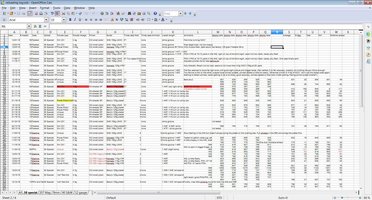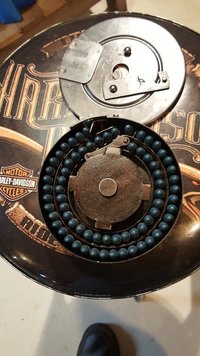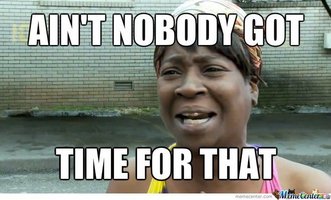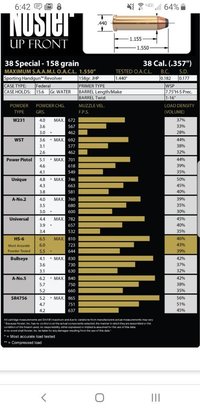peterk123
NES Member
Do you use a chronograph? I bought a ~$100 Competition Electronics ProChrono, and it's definitely been money well spent, as I like to experiment. Although I am prone to chasing low standard deviation numbers to the point of slight ridiculousness.
I had bad ES and SD numbers using 130 grain Berry's plated in 38 Special. Their speeds were all over the place, almost no matter what powder and charge I tried. Definitely not buying them again. About the only way I got them to settle down and run with low SD numbers was with 38+P charges of Power Pistol, or set way back to 1.33" so I could crimp over the start of the ogive with +P loads of Red Dot. Not a fan.
I picked up a chrono just before the cold weather hit. I have not had an opportunity to use it yet. But I am looking forward to have it help me develop my 308 loads. Going to use it for my pistol and 45-70 rounds as well. It will be interesting if my pistol loads are consistent at all because other than 357mag, all of my loads (38sp and 9mm) are very light. Pete

![ROFL [rofl] [rofl]](/xen/styles/default/xenforo/smilies.vb/013.gif)



![Laugh [laugh] [laugh]](/xen/styles/default/xenforo/smilies.vb/012.gif)
